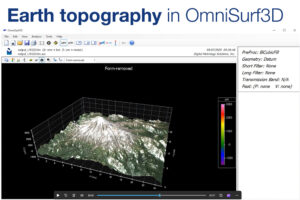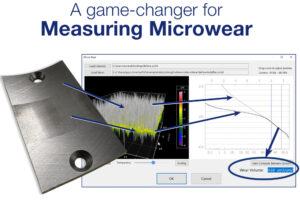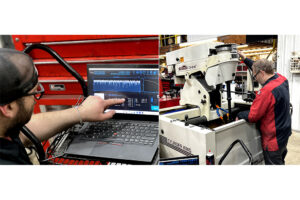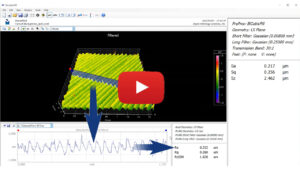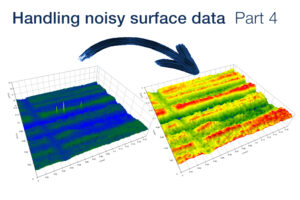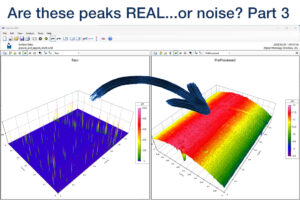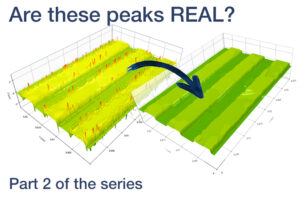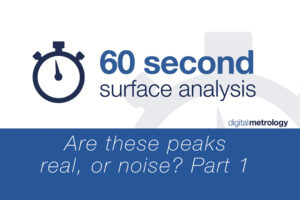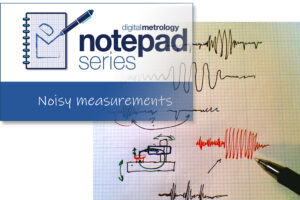Explore and understand your measurement data
Digital Metrology provides innovative measurement software, custom-tailored metrology systems, consultation and training to help you acquire and apply your measurement data. The value of metrology isn’t in the results—it’s in how you interpret the data. We help you get the information you need, then apply it to solve challenges in R&D, product development, and production.
Mark C. Malburg, Ph.D. Digital Metrology Solutions, Inc.
News
Earth Topography in OmniSurf3D
MicroWear Analysis in OmniSurf3D
KD Customs makes it happen with TraceBoss+
2D Surface Roughness Analysis Streamlined in OmniSurf3D
60-Second Surface Analysis – Are these peaks real, or noise? Part 5
60-Second Surface Analysis – Are these peaks real, or noise? Part 4
60-Second Surface Analysis – Are these peaks real, or noise? Part 3
Can you tell what kind of surface is hiding under these peaks? It’s actually a ground & lapped shaft, but an instrument problem is hiding it. In this third video in our series, we show you a technique for exposing the surface that’s hidden in this noise. Find out how to do it—and when not to do it—in this 60-Second Surface Analysis video!
Read More

